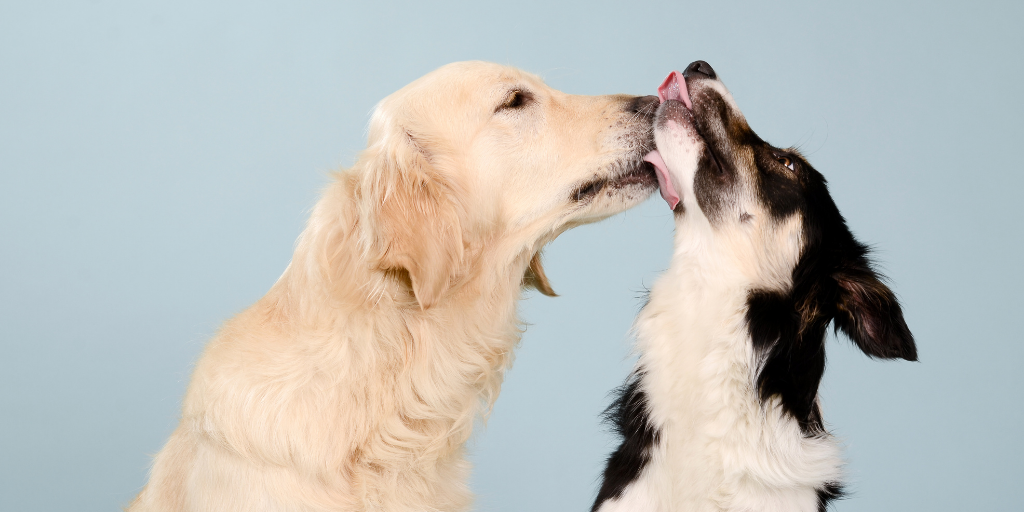101 Dalmatians is one fo the most well-known movies about dogs. It begins with the main male dog, Pongo, searching for a mate for his human and himself. He spots a female dalmatian named Perdita, and they quickly fall in love after meeting. But is pup romance just for the movies or can dogs fall in love in real life? Some experts say yes! We detail that below:
Emotions in Dogs
Let's start by going over dog emotions. Understanding the emotions of dogs is complex because we can't determine with complete certainty what our pets are feeling. According to animal neuroscientist Dr. Gregory Berns, the greatest difference between human and dog emotions is language - humans can use words to express emotions. However, while we can't be told by our dogs exactly what they are feeling, we can use scientific research to help us understand how they work. MRIs have shown that dogs and humans have corresponding parts of their brains when responding to positive stimuli. In other words, dogs have some similar emotional experiences to humans.
The Definition of Love For Dogs
The definition of "love" is important in determining whether dogs can feel it or not. One definition is commitment, devotion and social bonding. Examples of behaviors that fall under this definition of love include seeking out one another, protecting and feeding one another, and experiencing happiness when being reunited. So if we define love in this way, then, yes, dogs do exhibit love.
Can Dogs Fall In Love?
So if dogs are able to experience emotions and exhibit love, can they fall in love? We may never know for certain, but we do know that dogs produce oxytocin (also known as the "love hormone"). Several studies have shown that their brains release the hormone during positive interactions with humans and other dogs. Oxytocin is one of the strongest scientific indicators of social bonding and falling in love. So it supports the idea that your dog can form deep, lasting bonds to you and other animals.
Sign Your Dog Is In Love
While our dogs can't use words to say "I love you," they can show you in other ways using body language and behavior. Here are signs that your dog feels love for you:
- Your dog gets excited when you come home - eager greetings, tail-wagging, crying or whining out of happiness, jumping and bringing you their favorite toy.
- Your dog wants to be with you during the day - curling up next to you on the couch, cuddling or snuggling, following you around your home and other distance decreasing actions.
- Your dog makes specific facial expressions - lifting their eyebrows (especially the left one), shifting their left ear back and other facial movements.
- Your dog exhibits specific body language - extended and meaningful eye contact (which has been shown to release oxytocin), yawning when you yawn, stretching toward you and sticking their backside or bottom in your face.

